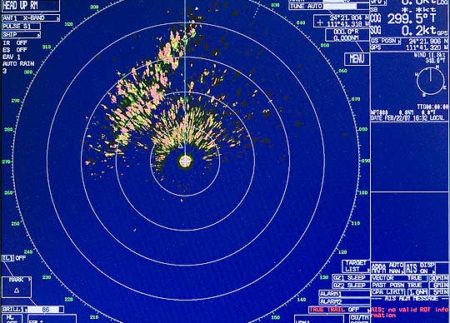The PCAD framework was developed by the US National Academies of Sciences National Resource Council in 2005 (Marine Mammal Populations and Ocean Noise; Determining When Noise Causes Biologically Significant Effects) to evaluate how changes in behaviour caused by acoustic disturbance, may result in population effects by affecting the critical life functions of marine mammals. It was a conceptual model that had no predictive capabilities.
The Programme funded the first research projects to apply the PCAD framework in real-world situations – to two species of elephant seals in the Pacific and Southern Oceans. This research showed that the original PCAD model (below) did not fit these two species well, but that a somewhat revised model would.
Basically, any form of disturbance, not just acoustic, could lead to population changes by reducing the time mothers spent preparing their bodies to nurse a future pup by feeding at sea. Thus, this study resulted in further scientific understanding of how the effects of disturbance relate to animal condition/health, environmental variability, bioenergetics, vital rates and reproductive success. The resultant model has been termed PCoD (Population Consequences of Disturbance). Encouraged by this project, the U.S. Office of Naval Research greatly expanded research on this topic, and now has produced four new models for different marine mammal species, all based on energy flow from mothers to young. In this instance, the Programme’s efforts started an entirely new way of viewing the effects of human activities on marine life.
Advancing development of the PCAD model will help industry and regulators better assess the risks of anthropogenic sound and lead to improved mitigation measures that are targeted at specific aspects of a species’ life style. Also, this highly productive field project helped establish the Programme as a significant force in resolving the underwater noise issue.
This table is the PCAD framework that was developed by the US National Academies of Sciences National Resource Council in 2005 – Marine Mammal Populations and Ocean Noise; Determining When Noise Causes Biologically Significant Effects
An important role of the JIP was to be the first to apply the PCAD framework in real-world situations and assess whether it needed revising or developed further.
PCAD FRAMEWORK




